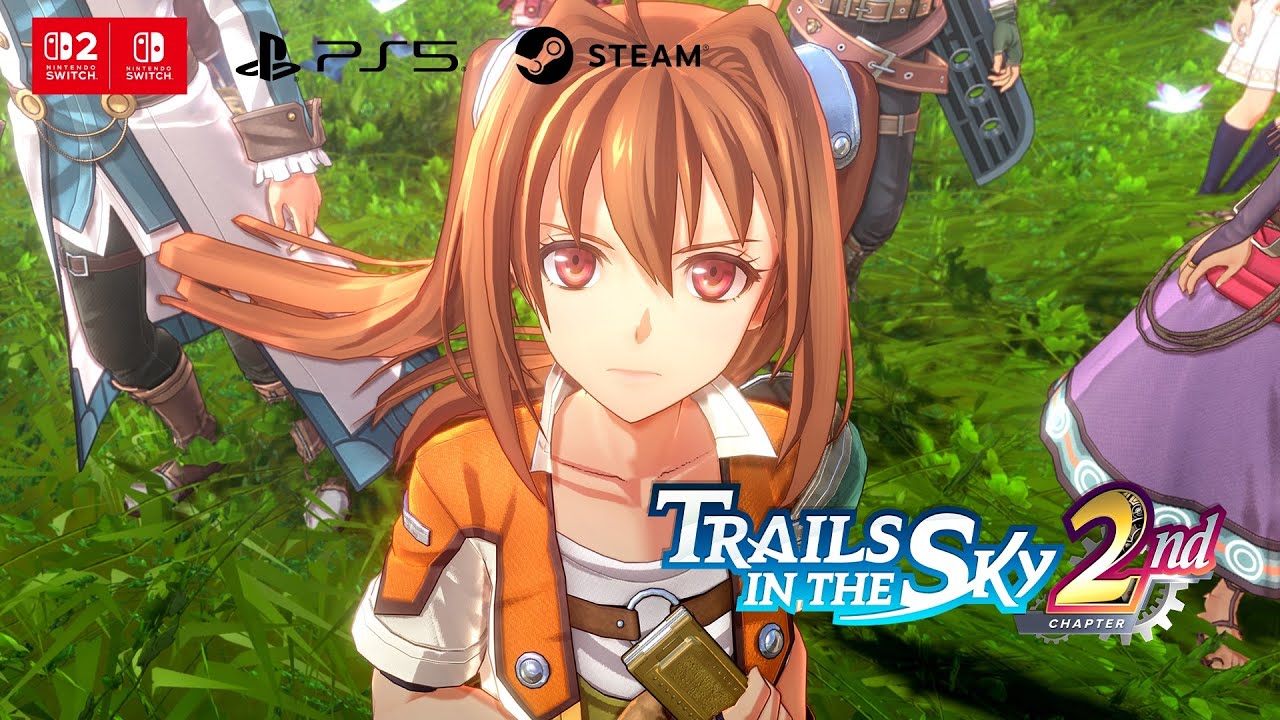In the early 1990s, the global video game landscape was vastly different from what Nintendo Switch owners experience today.
The practice of importing games and consoles—most notably from Japan—once dominated the conversation among Western gamers eager for the latest releases.
Before simultaneous international launches became standard, gaps of months, sometimes years, separated regional releases.
This climate fueled a market for 'grey imports,' especially for iconic hardware like the Super Famicom, the Japanese version of what became the Super Nintendo Entertainment System (SNES) in North America. Recognizing the growing demand for imported consoles, Nintendo of America took an unprecedented step.
In the April 1991 issue of Nintendo Power magazine, the company issued a clear warning to customers considering the purchase of unauthorized Japanese Super Famicom hardware and software ahead of the SNES's official domestic launch.
Nintendo stated that while some consumers were eager and seeking out imported units, they should be mindful of several key issues. As outlined by Nintendo of America, game instructions and in-game text for Super Famicom products were primarily presented in Japanese, making it challenging for English-speaking players to enjoy complex titles—particularly role-playing games—without language support.
This also meant that Nintendo's Game Play Counselors would be unable to assist with technical or gameplay queries.
Furthermore, imported devices were not backed by a warranty or authorized repair services in the U.S.
or Canada, potentially leaving early adopters without official channels for assistance in case of malfunction. The company further stressed that the Super Famicom was not manufactured to meet North American safety standards and compliance specifications, offering no guarantee regarding the hardware’s compatibility or performance once connected to local equipment.
Importantly, Nintendo clarified that imported Japanese titles for the Super Famicom would not function with the upcoming North American SNES and vice versa due to intentional region locking. Nintendo concluded its advisory by encouraging fans to await the official U.S.
release, assuring them that the Super Nintendo Entertainment System and its game lineup would soon be readily available.
The company’s stance was clear: waiting would ensure full support, safety assurance, and a library of software designed for the regional hardware. While some dedicated gamers undoubtedly accepted the risks in exchange for early access and rare Japan-exclusive releases, Nintendo of America's warning highlighted the complexities and responsibilities tied to hardware localization and customer support.
Today, with platforms like the Nintendo Switch embracing region-free software and global release schedules, the importing dilemma has largely faded—but this episode remains a significant chapter in Nintendo’s history of managing regional markets and hardware compatibility. The 1991 warning published in Nintendo Power illustrates how companies like Nintendo balanced the enthusiasm of their fanbase against the practicalities of hardware support and product safety—a challenge less prevalent in today’s increasingly borderless gaming landscape.
The practice of importing games and consoles—most notably from Japan—once dominated the conversation among Western gamers eager for the latest releases.
Before simultaneous international launches became standard, gaps of months, sometimes years, separated regional releases.
This climate fueled a market for 'grey imports,' especially for iconic hardware like the Super Famicom, the Japanese version of what became the Super Nintendo Entertainment System (SNES) in North America. Recognizing the growing demand for imported consoles, Nintendo of America took an unprecedented step.
In the April 1991 issue of Nintendo Power magazine, the company issued a clear warning to customers considering the purchase of unauthorized Japanese Super Famicom hardware and software ahead of the SNES's official domestic launch.
Nintendo stated that while some consumers were eager and seeking out imported units, they should be mindful of several key issues. As outlined by Nintendo of America, game instructions and in-game text for Super Famicom products were primarily presented in Japanese, making it challenging for English-speaking players to enjoy complex titles—particularly role-playing games—without language support.
This also meant that Nintendo's Game Play Counselors would be unable to assist with technical or gameplay queries.
Furthermore, imported devices were not backed by a warranty or authorized repair services in the U.S.
or Canada, potentially leaving early adopters without official channels for assistance in case of malfunction. The company further stressed that the Super Famicom was not manufactured to meet North American safety standards and compliance specifications, offering no guarantee regarding the hardware’s compatibility or performance once connected to local equipment.
Importantly, Nintendo clarified that imported Japanese titles for the Super Famicom would not function with the upcoming North American SNES and vice versa due to intentional region locking. Nintendo concluded its advisory by encouraging fans to await the official U.S.
release, assuring them that the Super Nintendo Entertainment System and its game lineup would soon be readily available.
The company’s stance was clear: waiting would ensure full support, safety assurance, and a library of software designed for the regional hardware. While some dedicated gamers undoubtedly accepted the risks in exchange for early access and rare Japan-exclusive releases, Nintendo of America's warning highlighted the complexities and responsibilities tied to hardware localization and customer support.
Today, with platforms like the Nintendo Switch embracing region-free software and global release schedules, the importing dilemma has largely faded—but this episode remains a significant chapter in Nintendo’s history of managing regional markets and hardware compatibility. The 1991 warning published in Nintendo Power illustrates how companies like Nintendo balanced the enthusiasm of their fanbase against the practicalities of hardware support and product safety—a challenge less prevalent in today’s increasingly borderless gaming landscape.






